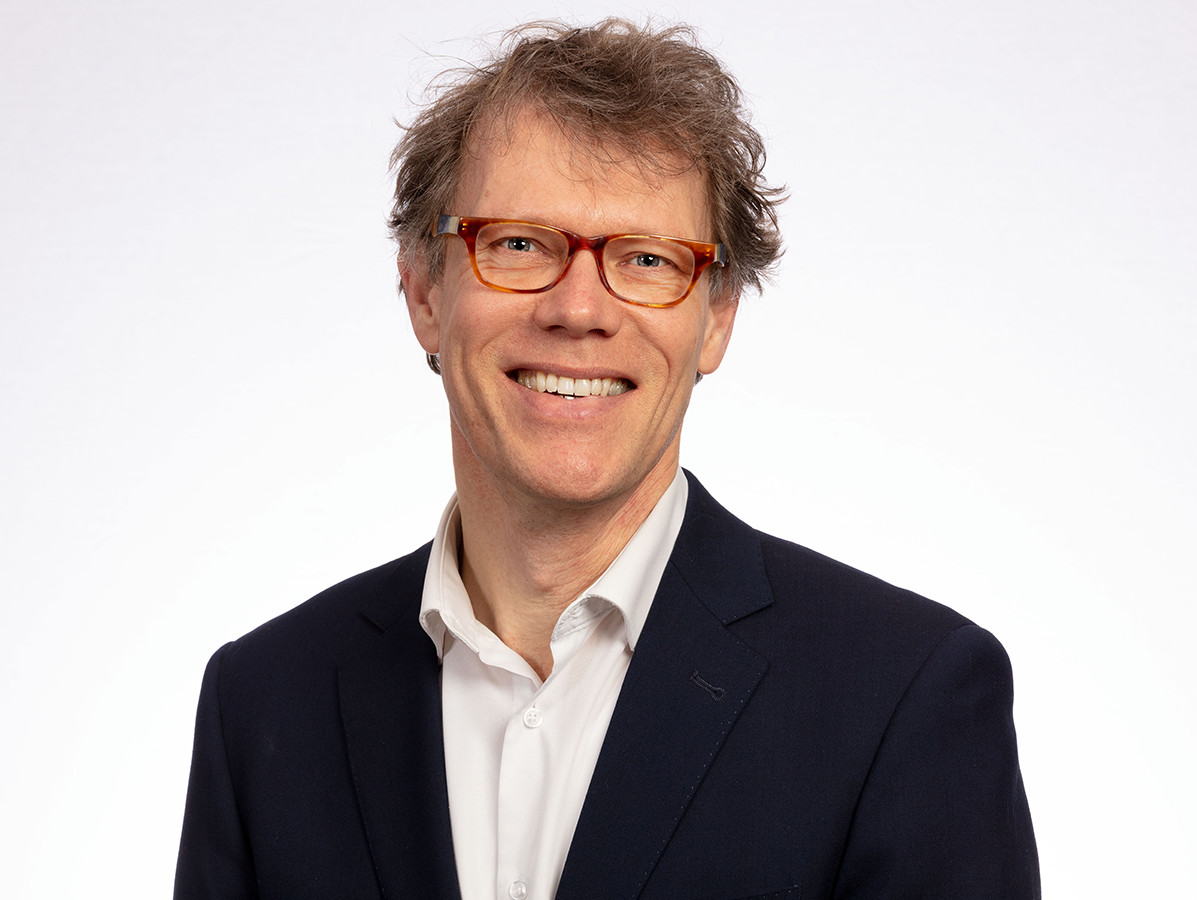
In a previous job, I once developed a robot in a small team that was able to imitate very complex human movements; the type of robot used in the car industry. The whole analysis was automated from beginning to end. That is, up to and including checking the control sample, after which, after approval by the system, the entire series was released. The system made decisions on the basis of input parameters while it was working. That was 20 years ago. Nowadays, we call this 'artificial intelligence'. After a few years, the robot was discarded. The programming of the system was so complex that it was not transferable. The lesson: guarantee the solidity and continuity.
The robot that now carries out the same analysis is a lot less high-tech than the one that was used back then, but it is at least as functional. It is also more efficient. In the first and second design, we let creativity run its course. We took our experience with us. It had to be solid, with safeguarding of the source code. Fixing the IP. The second robot was more modular and simple. Nevertheless, we were able to tick off all the goals it had to meet. There were fewer goals compared to the first robot. The lesson: more advanced is not necessarily better.
How do you ensure that you do not limit creativity? That you can use it fully? A common answer is: 'Set clear goals that systems must meet. And yes; you learn, so gradually your project goals become better and better. For me, however, that is not enough. Because perhaps not everything has been thought of or formulated correctly. What I have learned is that the 'what if' questions are a good addition to this type of project: 'What if the power fails. What if the programmer resigns. What if...'
Unlimited creativity can lead to excessive complexity.
Creativity must therefore be guided. That demands a lot from a creative brain.
Keep it simple.
Pieter Vos
Director Nutrilab
Source: Vakblad Voedingsindustrie 2021